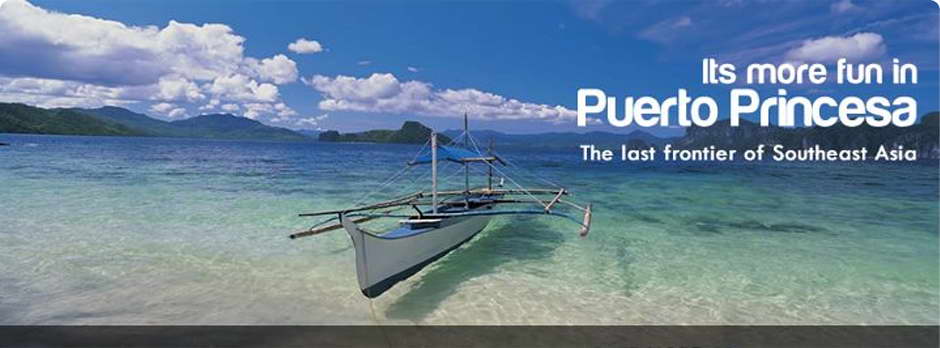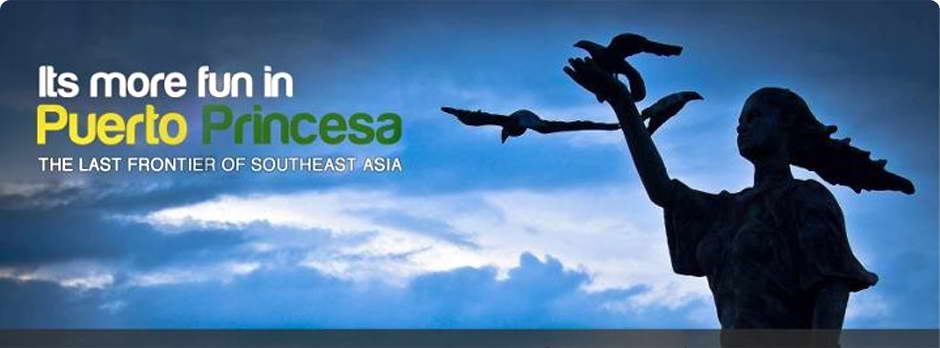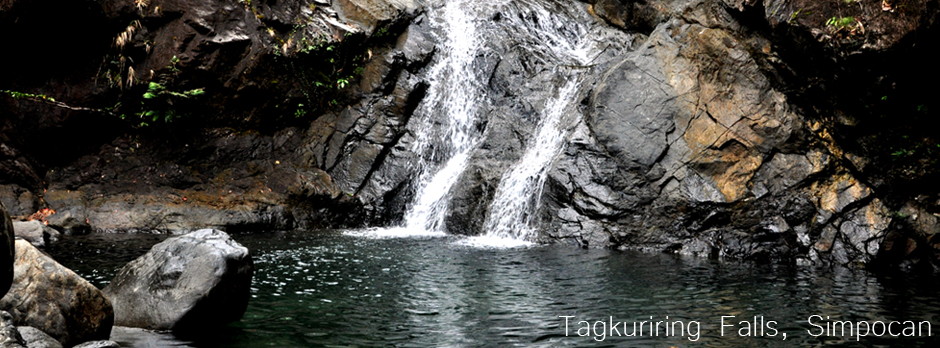CLICK HERE! For Electronic Services and Online Payment

Waves of migrants from other Philippine provinces, and even other countries, have turned Puerto Princesa into a melting pot of various cultures. Among the original inhabitants are the Cuyunons who posses a rich legacy of folklores and traditions. Indigenous groups include the Tagbanuas and the Bataks, each group with its distinct culture and system of beliefs.
Total inhabitants number about 210,508 (as of 2007), Three fourth of the population resides in the city proper, an urban settlement on the shores of Puerto Princesa Bay. While the predominant local tongue is Cuyuno, Tagalog, Visayan, as well as English are widely spoken.
Puerto Princesa is a melting pot of people with different cultures. This is attributed to the influx of migrants from other Philippine provinces. One of the reasons for the city's high annual growth rate at 6.6 percent. The predominant local tongue is Cuyuno. However, other languages like English and Tagalog, and dialects such as Bicolano, Cebuano, Hilgaynon, Ilocano are widely spoken.
The people of Puerto Princesa are very warm and friendly, hospitable and full of pride at their natural heritage.
There are various ethnolinguistic groups that consider Palawan as home. These are the Tagbanua, Palaw’an, Tau’t bato and the Bataks. The mountains and coastal areas serve as their homes. These groups have built villages in those areas and have been staying there for quite some time already. It has been said that they have been occupying the province even before the Malay settlers from Indonesia set foot there during the 12th or 13th century. During 1962, there was a team of anthropologists who went to Lipuun Point or the Tabon Cave. Headed by Dr. Robert Fox, this team was able to get fossils that belonged to Homo Sapiens that were 22,000 to 24,000 years old. Because of this finding and many more that succeeded, this place was known as the Cradle of the Philippine Civilization.
This discovery led way to research that shows that the Tagbanua and Palaw’an could be the descendants of the Tabon Cave men. They have many similarities in terms of their language, alphabet, beliefs and even in their way of farming as they use kaingin.
The tribes of the Tagbanua can be found in the central and northern part of Palawan. They are known to practice the shifting cultivation of upland rice and are known for a rice wine ritual called Pagdiwata. The Tagbanua tribes also believe in a lot of deities that they believe can be found in their surroundings.
The tribes of the Palaw’an are said to belong to the linguistic groups that are Manobo based. They are said to originally come from the areas of South Apuruan and Abo Abo.
The Batak or “mountain people” are said to live in the northeastern part of Palawn. They are generally shy and peaceful people as they are known to live with nature. They believe in spirits and commune with a babaylan or a religious person.
Another group of people found in Palawan would be the tau’t bato. They are a sub-group of the Palaw’an tribe that live in the Singnapan Valley found in the southern part of Palawan. They live in the caves during rainy seasons and farm using the kaingin system during dry seasons. As compared to the other tribes, they are familiar with business or trading concepts like wages, labor and money.
The Palaweños would include the Agutaynons, Molbogs and Cuyunons. The Cuyunons are said to be an elite class of people. They come from the town of Cuyo in the northern part of Palawan and are religious and disciplined. They are very community oriented. The Agutaynons, on the other hand, are a more simple group. They fish and farm in order to derive income. Lastly the Molbogs are said to be the first people to actually stay on Balabac. Their name comes from the word, malubog or turbid water. Among the other groups, this group’s culture is the one closest to that of the Islamic race.
Featured Articles |
USAID/SURGE Project |

































